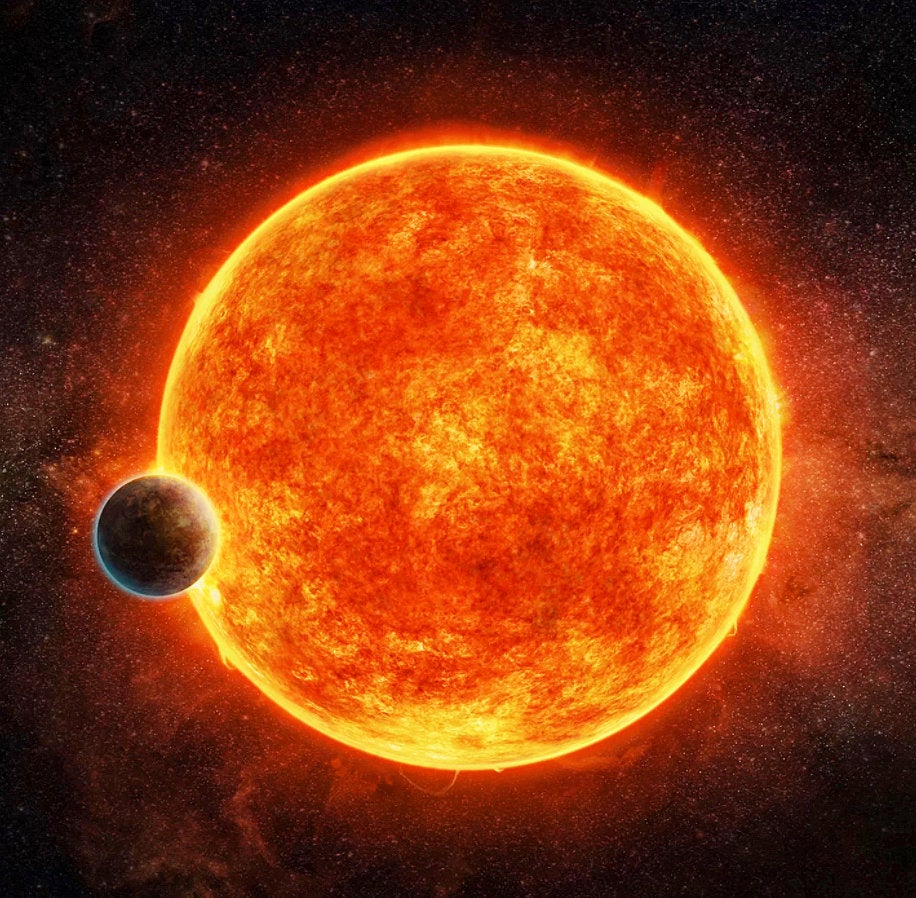Earth’s atmosphere is heavy—it’s what keeps water from flying off into space. So astronomers looking for alien worlds that can harbor life have also been looking for heavy atmospheres. Now, they’ve found a way to gauge the atmospheric pressure of distant planets using molecules that couple up to form larger molecules called dimers, in this case, two oxygen molecules, researchers report in Astrobiology.
When a planet passes in front of its star, starlight shines through the planet’s atmosphere and continues through space until it reaches us. Dimers in the atmosphere absorb light like a color filter on a camera lens, creating anomalies detectable once the pressure of the planet is at least 0.25 bars—high enough to hold down liquid water. To gauge the pressure of the planet, researchers will measure the strength of the signals using the new James Webb Space Telescope once it comes online in 2018. But the signals are also detectable only if the atmosphere is well oxygenated, and the only way scientists know how to make an oxygenated atmosphere is with photosynthetic life.
If scientists find oxygen dimers on a planet, they may have not only found a world with water we can drink and air we can breathe, but also a living world. For now, though, the pressure is on to launch the James Webb Space Telescope into orbit.
Original article:
This story has been provided by AAAS, the non-profit science society, and its international journal, Science.
